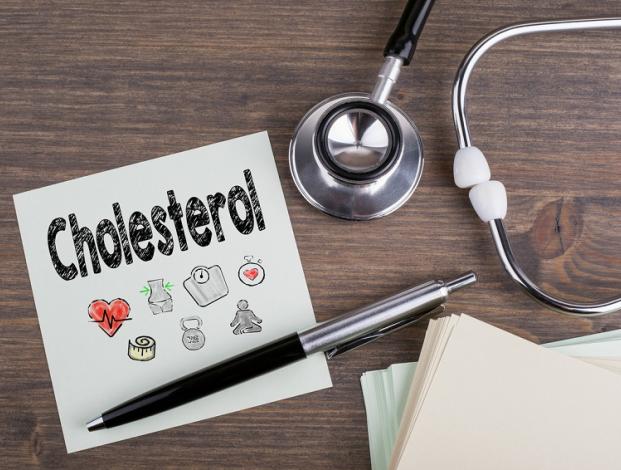What Is Angina and How Can We Prevent It?
Find out the symptoms of angina and learn how to identify them
Publicado:

Stable angina
This type of angina occurs when the heart is forced to work harder, such as when you exercise, carry things, or climb stairs. Specialists say that it can usually be predicted and the pain it causes is similar to that of other conditions. Stable angina tends not to last long (5 minutes at most) and goes away more quickly if you rest or take your prescribed medication.
Unstable angina
This type is a modification of the normal pattern of angina. It occurs unexpectedly, even when you are resting. Unlike stable angina, it can last up to 30 minutes and doesn’t necessarily go away with rest or medication. In some cases, this type of angina can be a sign of heart attack.

In women
Symptoms of angina in women can be different from those in men. Besides chest pain, women might experience pain in the abdomen, back, neck and jaw; shortness of breath; and nausea. These differences in symptoms might cause a delay in seeking treatment.
Risk factors
Some of the main risk factors of angina are advanced age; family history; diabetes; high blood pressure, cholesterol, and triglycerides; excessive alcohol and tobacco use; being overweight or obese; stress; being sedentary; and eating a diet high in refined or processed foods and low in fruits, vegetables, and grains.

Treatment
Health care professionals may prescribe medications such as vasodilators, calcium channel blockers (which reduce the narrowing of the arteries), or beta blockers (which reduce the heart’s oxygen requirements). In extreme cases, they might resort to surgery, such as bypass or coronary angioplasty.
Prevention
Doctors maintain that the onset of angina can be prevented. This can be achieved by quitting or reducing smoking (if you smoke); having regular checkups for other conditions, such as heart pressure, cholesterol, diabetes, and stress levels; and eating a healthy diet (the Mediterranean and DASH diets are most often recommended).
Sources
National Library of Medicine; Centers for Disease Control and Prevention; Mayo Clinic; National Heart, Lung, and Blood Institute.


